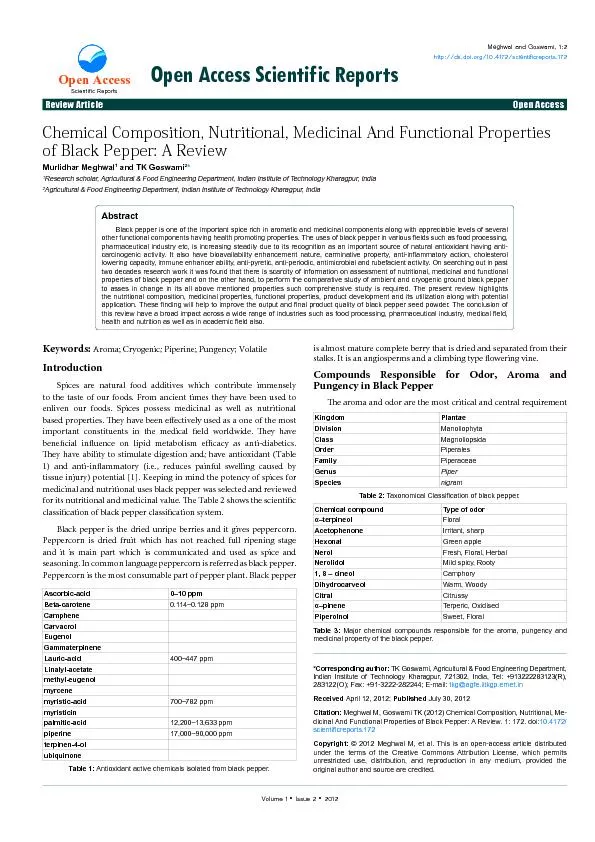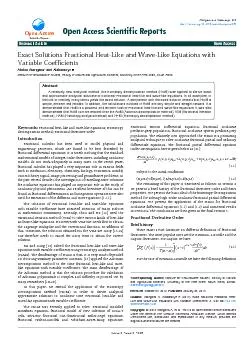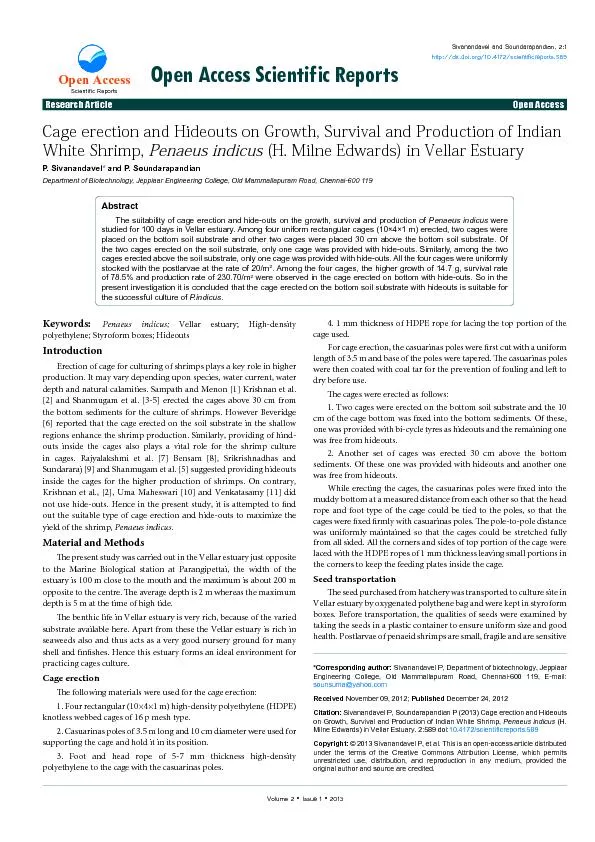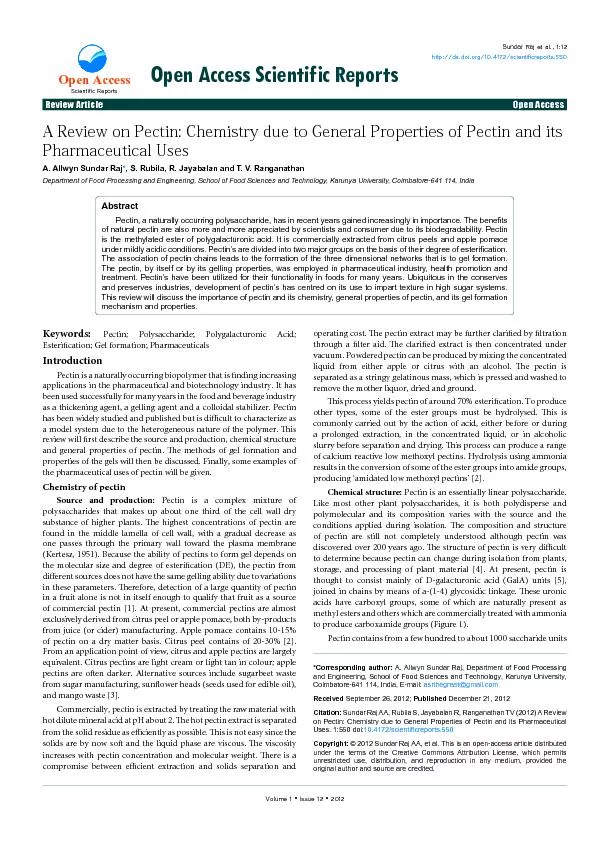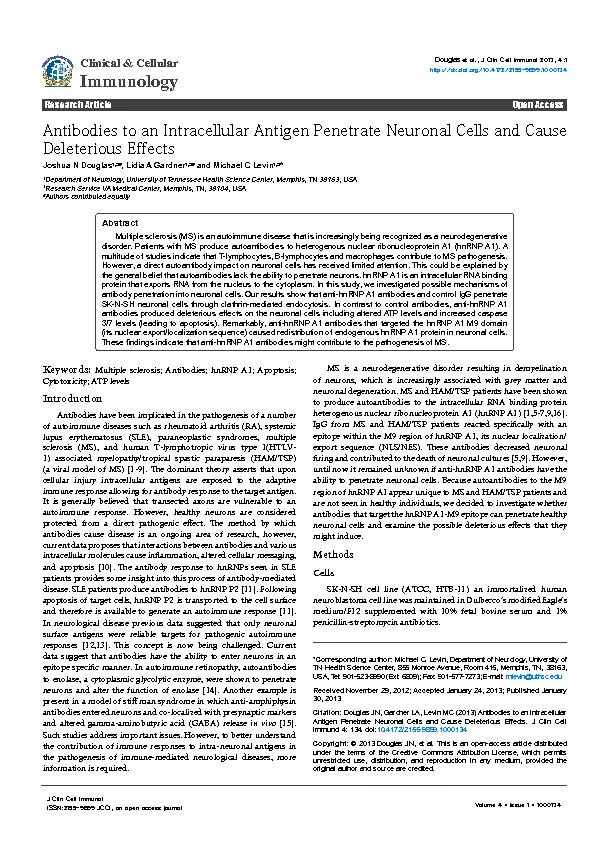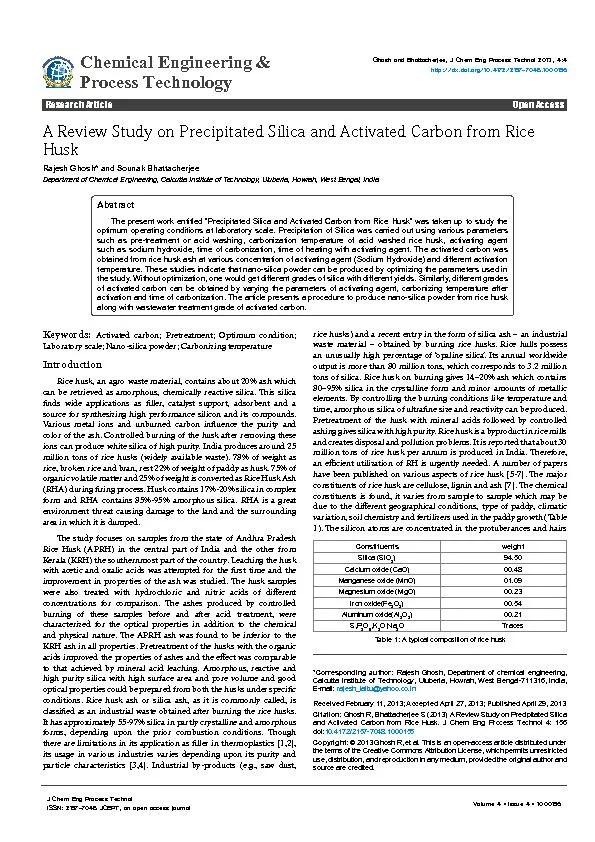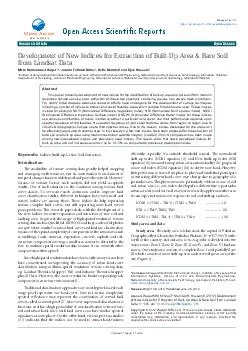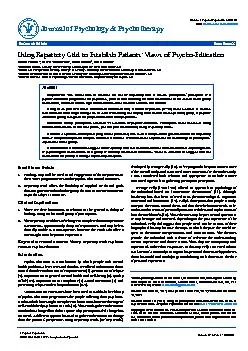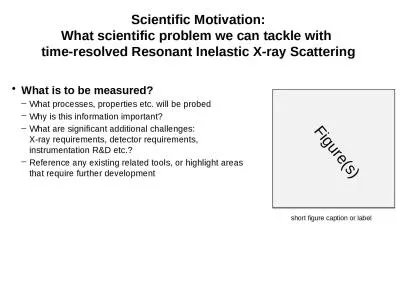PDF-Review ArticleOpen AccessOpen Access Scientific Reports
Author : yoshiko-marsland | Published Date : 2016-05-01
Open Access Spices are natural food additives which contribute immensely to the taste of our foods From ancient times they have been used to enliven our foods Spices
Presentation Embed Code
Download Presentation
Download Presentation The PPT/PDF document "Review ArticleOpen AccessOpen Access Sci..." is the property of its rightful owner. Permission is granted to download and print the materials on this website for personal, non-commercial use only, and to display it on your personal computer provided you do not modify the materials and that you retain all copyright notices contained in the materials. By downloading content from our website, you accept the terms of this agreement.
Review ArticleOpen AccessOpen Access Scientific Reports: Transcript
Download Rules Of Document
"Review ArticleOpen AccessOpen Access Scientific Reports"The content belongs to its owner. You may download and print it for personal use, without modification, and keep all copyright notices. By downloading, you agree to these terms.
Related Documents

